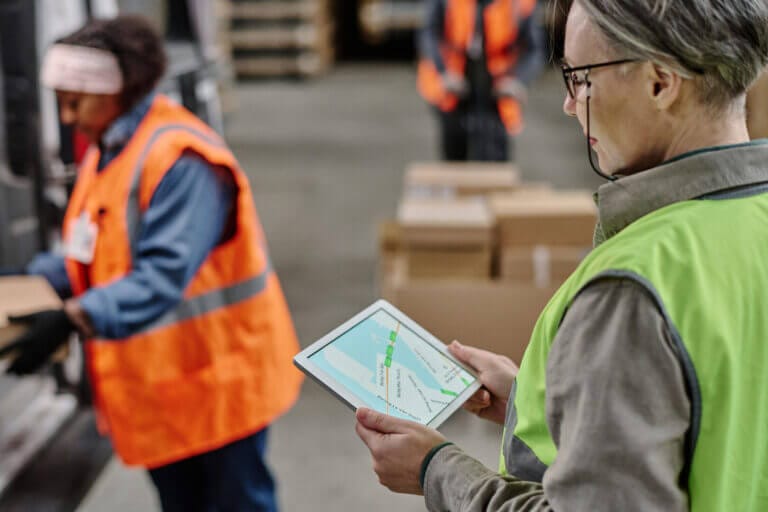COVID -19 has left most consumers asking the same question, what has happened to our supply chain? Here are a number of facts to keep in mind.
- Most companies maintained reduced levels of inventory prior to COVID-19. This placed them at a disadvantage when sudden changes occurred.
- Rigid supply line and centralized production led to a negative impact on production, as companies could not transfer volumes or orders to alternative suppliers.
- Reliance on the warehouse supply chain shifted considerably to online alternatives.
- Producers and distributors are facing an increase in the demand for consumer packaged goods as a result of panic-buying in bulk quantities.
- A survey conducted by the Institute For Supply Chain Management showed nearly 73 percent of companies reported warehouse supply chain disruptions due to COVID-19.
With global shake-up that has resulted because of the coronavirus, supply businesses have not been left out of the disruption and uncertainty. In the United States, for example, major supply warehouses, including warehouse supply personnel, have been negatively affected.
So, what does the post-COVID-19 period hold for warehouse supply chains?
What Is A Warehouse Supply Chain And What Disruptions Have Covid-19 Caused?
Covid-19 has had a major impact on the supply and exchange of goods throughout the world, with supply warehouses and warehouse personnel also affected.
- The supply chain network represents a group of manufacturing facilities that are connected by transportation routes.
- Social distancing rules as a result of COVID-19 has forced companies that rely on labor-intensive processes to be disrupted.
- Most of the manufacturing companies that rely on labor-intensive production have had to let go of a considerable number of warehouse workers.
- Most retail outlets that rely on manufacturing companies for produce have ended up with a lot of empty shelves due to a stall in supply.
- Products that have been most affected include cleaning products, beverages, food, and even some kind of drugs.
Supply Chain Post COVID-19
Post COVID -19 should see a number of important changes and a new approach to warehouse supply chain if the fortunes are to change.
- Reevaluation of the structure of supply contracts: One of the main reasons why supply chains across the world have taken a lot of hits during COVID-19 is as a result of the structure of supply contracts. Most of these contracts come with a force majeure that allows for such disruption.
- Logistic providers should be treated as partners: Companies should consider the providers of their logistics and personnel as partners. Doing so will help to secure capacity and work out different strategies of ensuring a continuation in production even during uncertain times as we have it now. Companies, for example, can partner with providers of warehousing logistics and warehousing personnel to offer them a more stable source of manpower and logistics.
- Go digital: Digitizing the supply chain is yet another way to go during post COVID-19. Companies can boost the visibility of their supply chain as soon as production can once again be done at full capacity. Organizations can consider focusing on Tier 1 suppliers. This may help organizations to better understand the flexibility of the supplier to shift production change in a matter of a moment’s notice. This does not mean supply chains on Tier 2 and Tier 3 will no longer be necessary as their performance will also impact on the supplier’s ability to complete orders.
How Can Companies Respond To An Increase Of Demand On Goods In Crises?
- The fact that most people are buying more goods now does not mean that they are consuming or using more. In most cases, it only means that they are stockpiling. When things finally return to normal, most consumers are going to have stocks of products they might not necessarily need. Here, a lot of responsibility lies on consumers to realize how their actions will impact on the larger number of people.
- The government can also play a role in making sure that supply chains are more resilient in the future. Government should work hand-in-hand with international regulatory agencies in this regard.
- There should be some efforts by retailers and manufacturers to improve things for the sake of consumers. For example, in America, some grocery stores have set aside certain days of the week for the elderly to also have access to stores without being at risk.
- Companies can also take advantage of labor and logistics suppliers to help support any shortage in manpower and logistics that they may experience.
National Labor Strategies, located in North Jersey, offers qualified personnel for businesses at a reasonable rate. Do not hesitate to reach out to them to help keep your company running even in these uncertain times and beyond.


